At its December meeting in Gainesville, the Florida Fish and Wildlife Conservation Commission (FWC) discussed a draft change to extend the spawning season closure for permit inside the Special Permit Zone. This draft proposal was approved and will be brought back before the Commission at the February 2018 meeting.
The proposed change, if approved in February, will add April to the existing May-through-July season closure for the harvest of permit inside the SPZ, which includes all state and federal waters south of Cape Sable on the Gulf coast and south of Cape Florida on the Atlantic coast.
Recent research confirms spawning-size permit are visiting known aggregation sites from April through July.
To comment on this proposal, visit MyFWC.com/SaltwaterComments or email [email protected].
For more information or to view the presentations given at the Commission meeting, visit MyFWC.com/Commission and select “Commission Meetings” then click on the link below “Next Meeting.”
spawning season
Be a citizen-scientist this horseshoe crab spawning season
Spring is approaching and that means it is peak mating season for horseshoe crabs. Biologists with the Florida Fish and Wildlife Conservation Commission (FWC) are asking the public to report horseshoe crab sightings.
Horseshoe crabs mate year-round, and spring is the peak season to see them in groups along the shore. To identify mating pairs, look for a smaller male on top of a larger female. Beachgoers will likely have the best luck spotting horseshoe crabs around high tide, within three days of a new or full moon. The next full moon is Sunday, March 12, and the new moon is Monday, March 27.
For 15 years, citizens have reported horseshoe crab sightings to the FWC, providing important information about population distribution. Although horseshoe crabs have been around for approximately 450 million years, their numbers have declined in recent decades due to overfishing and loss of habitat.
If you see a horseshoe crab on its back, gently pick it up (holding both sides of the shell) and release it back into the water. Simple actions like this help conserve this species and the countless other species that depend on it.
The FWC asks the public to report sightings through one of several options. Go to MyFWC.com/Contact and go to “Horseshoe Crab Nesting Activity” for the “Florida Horseshoe Crab Spawning Beach Survey” link. You can also report findings via email at [email protected] or by phone at 866-252-9326.
